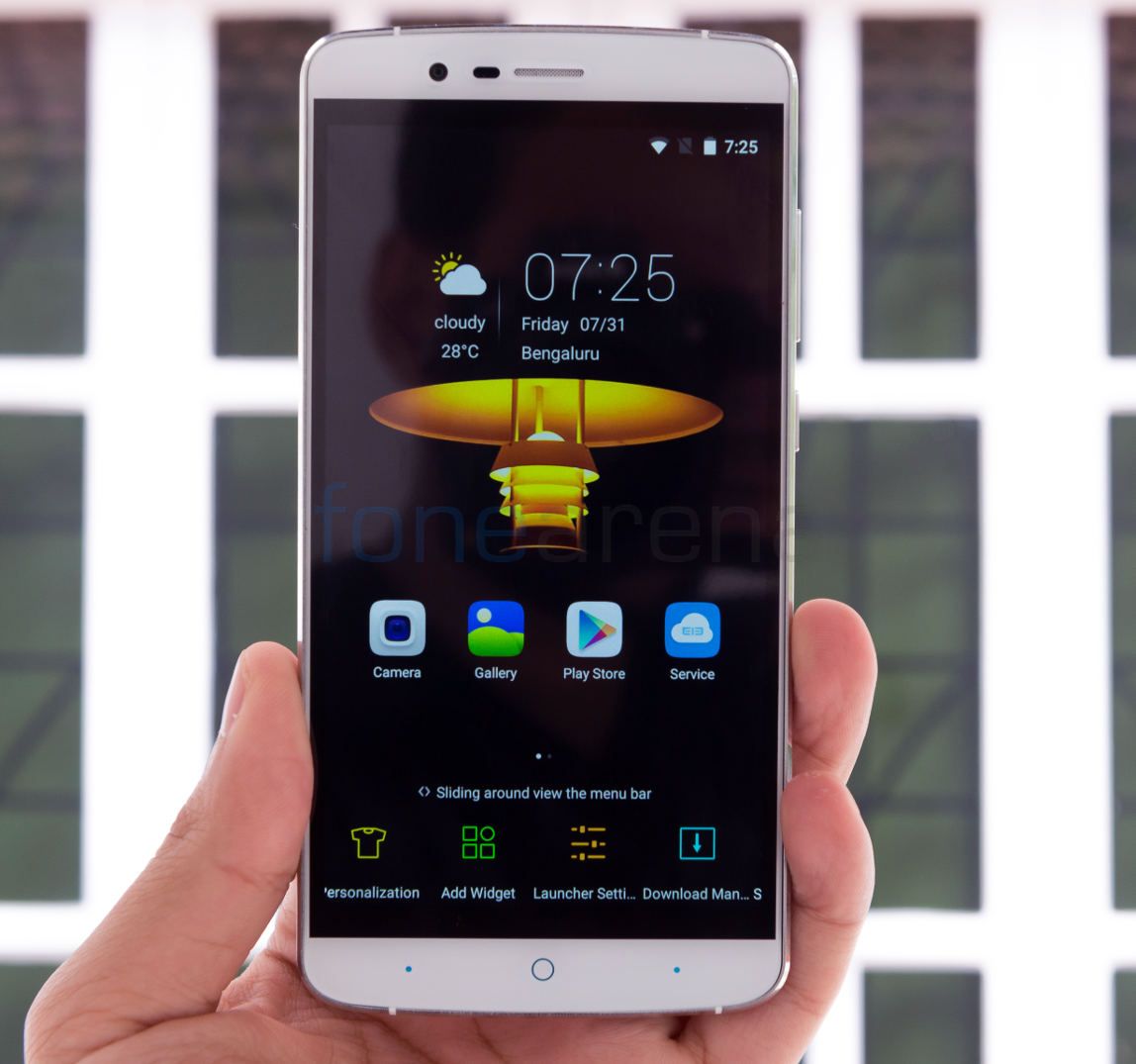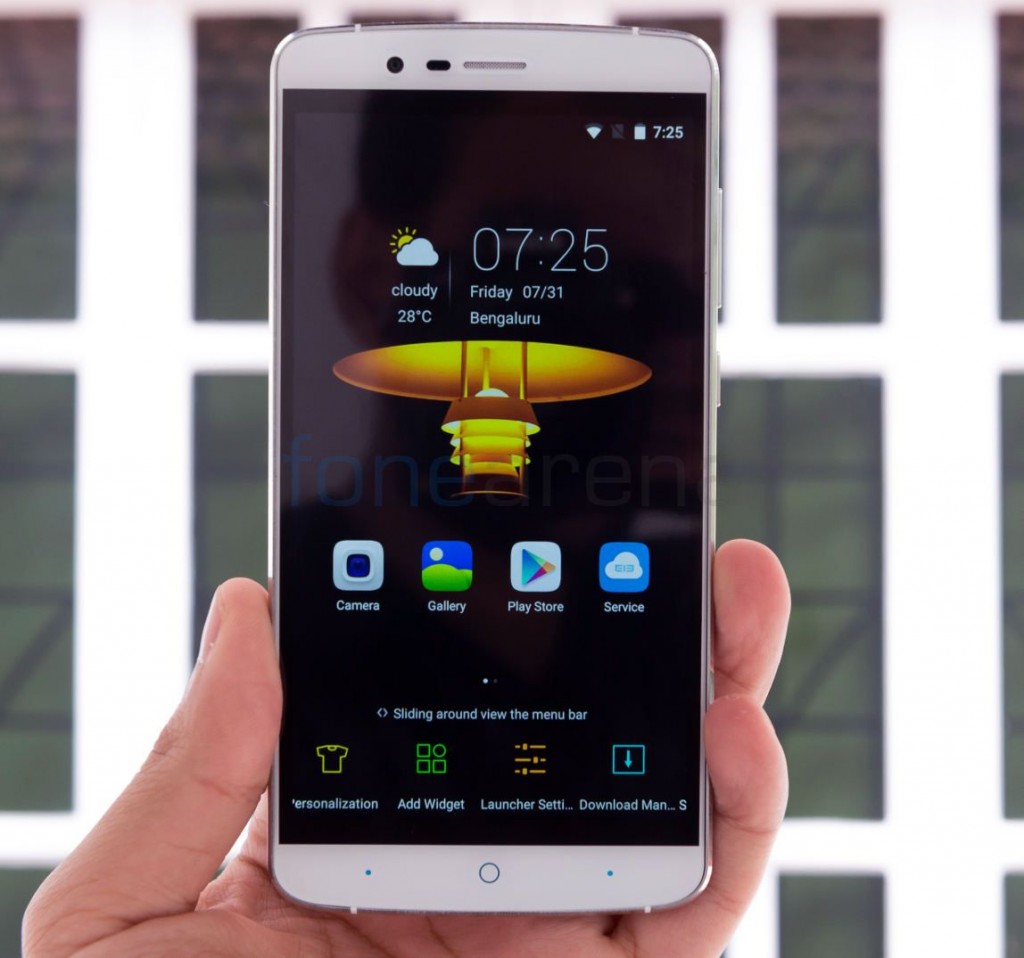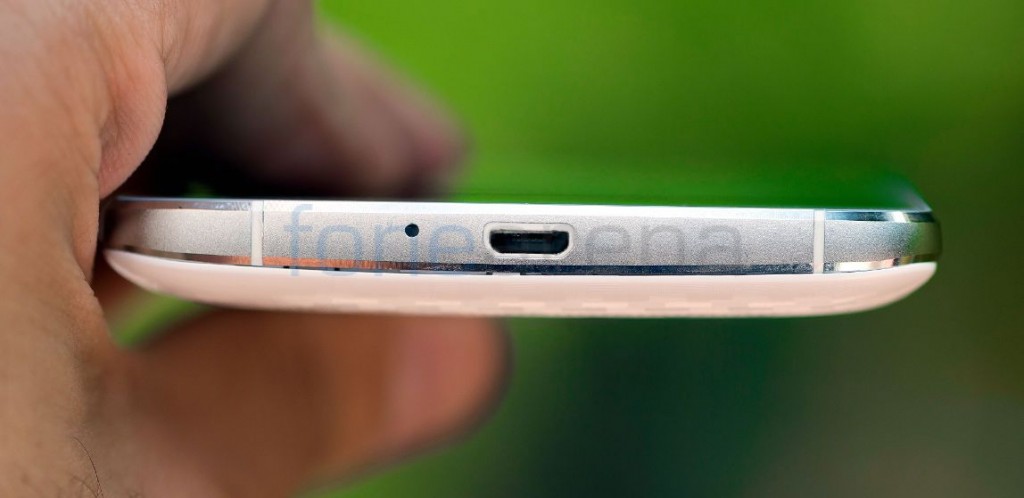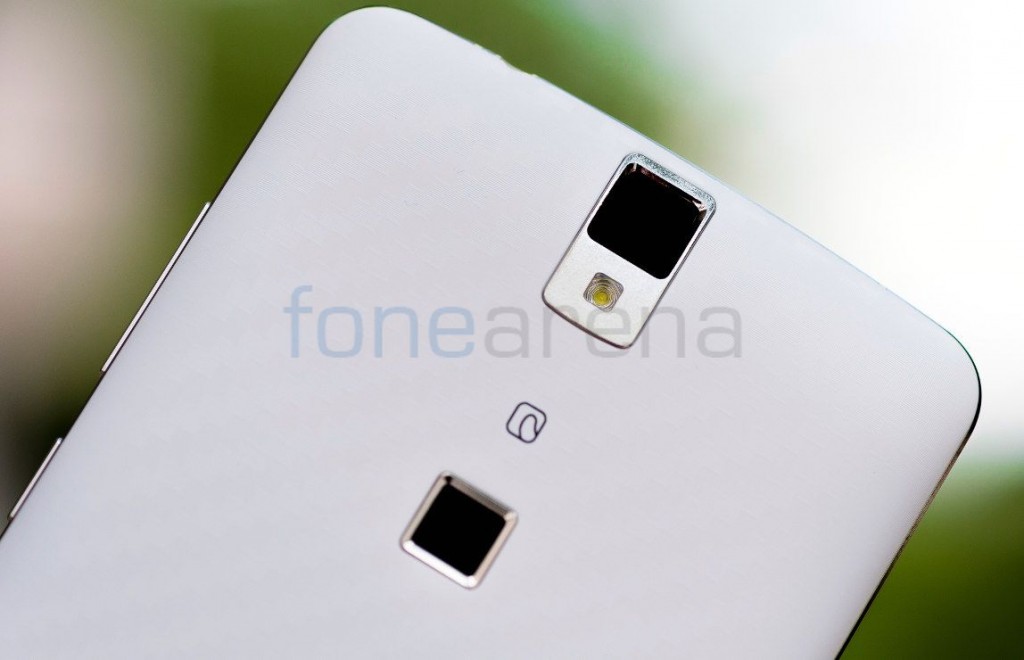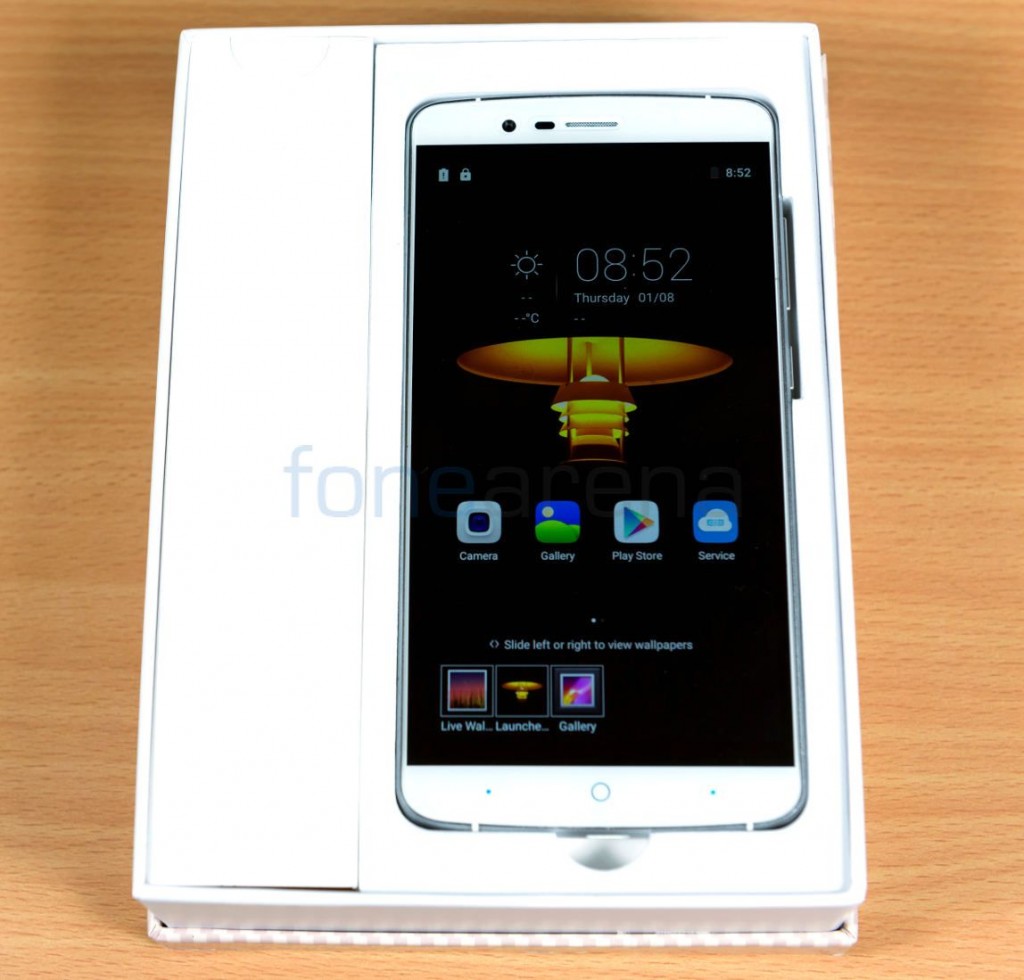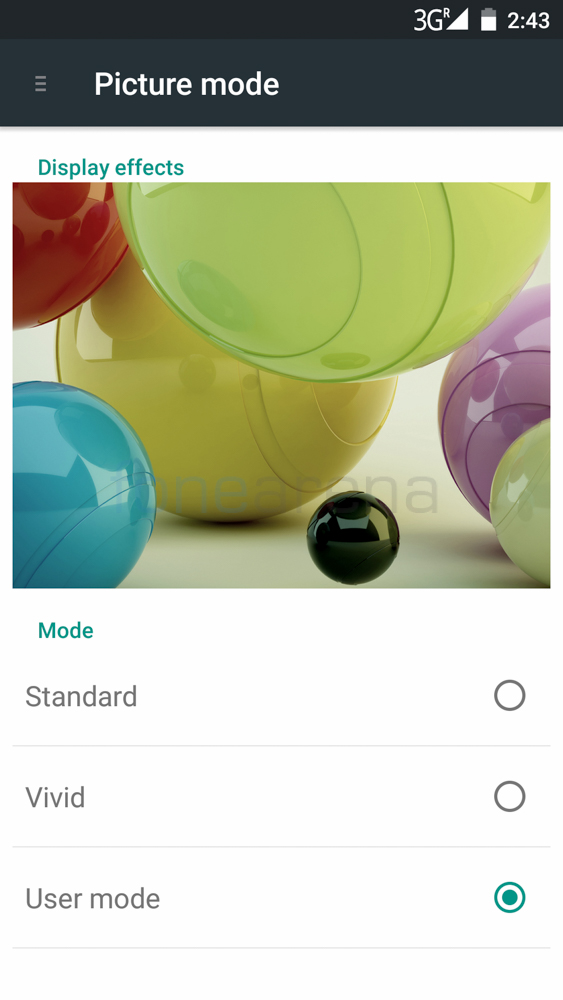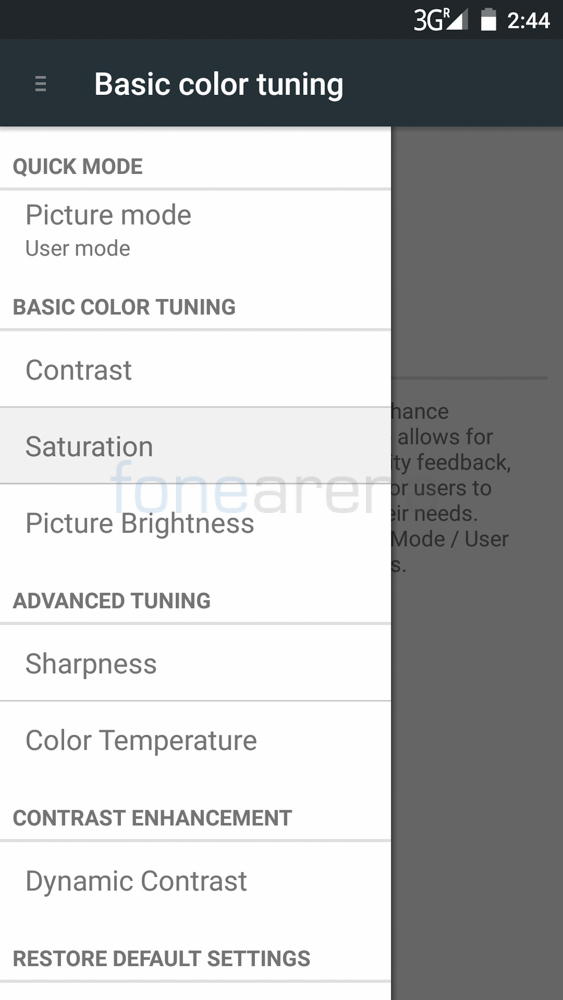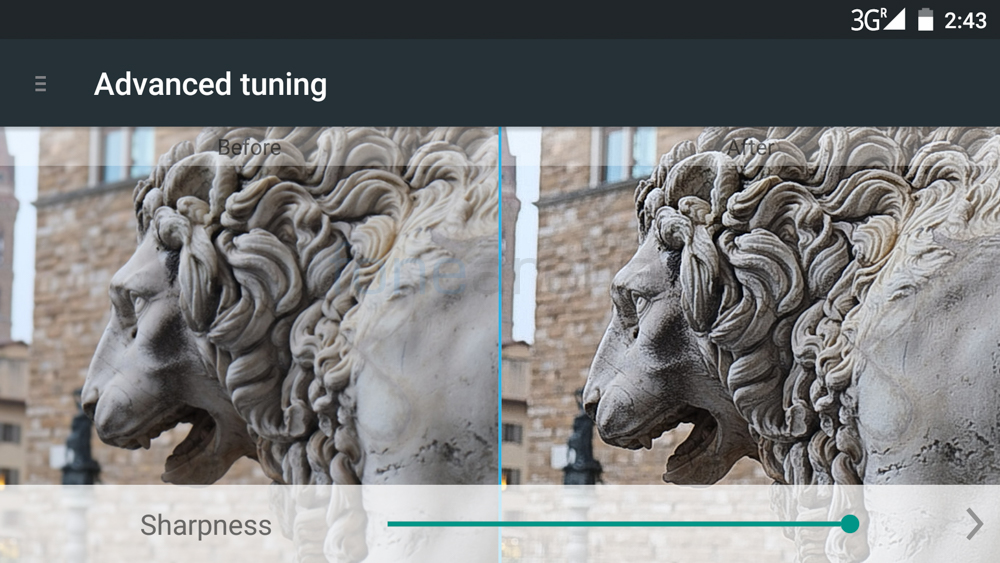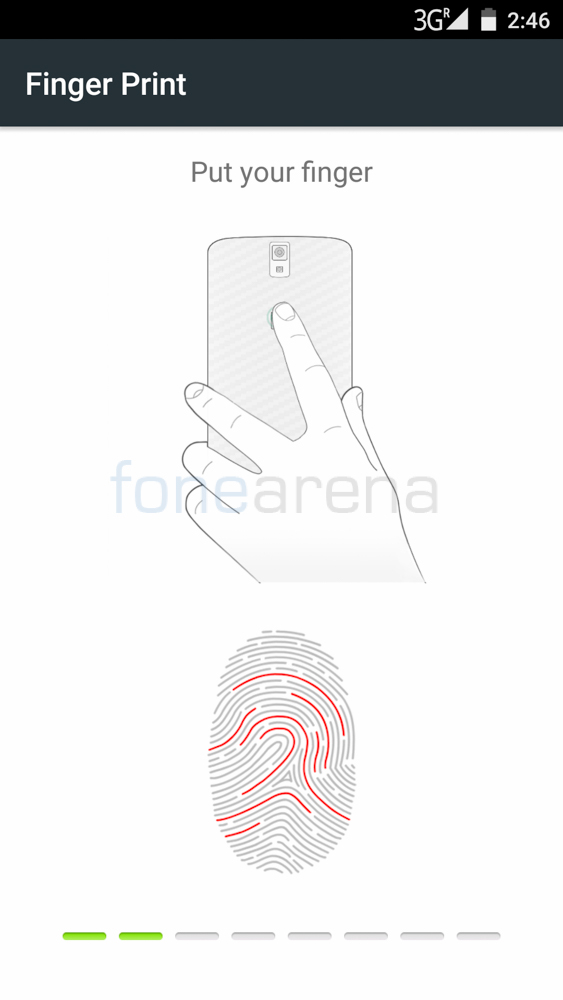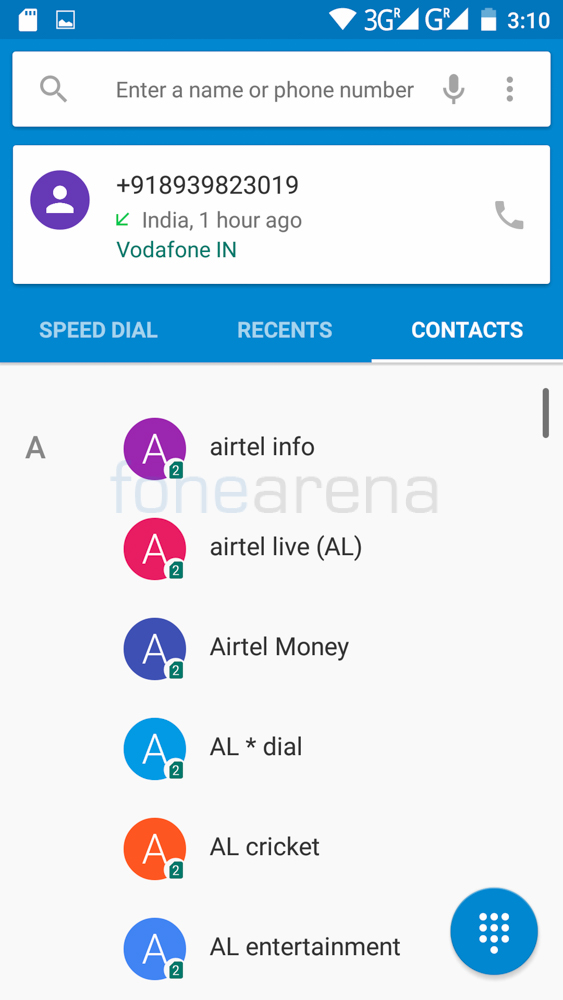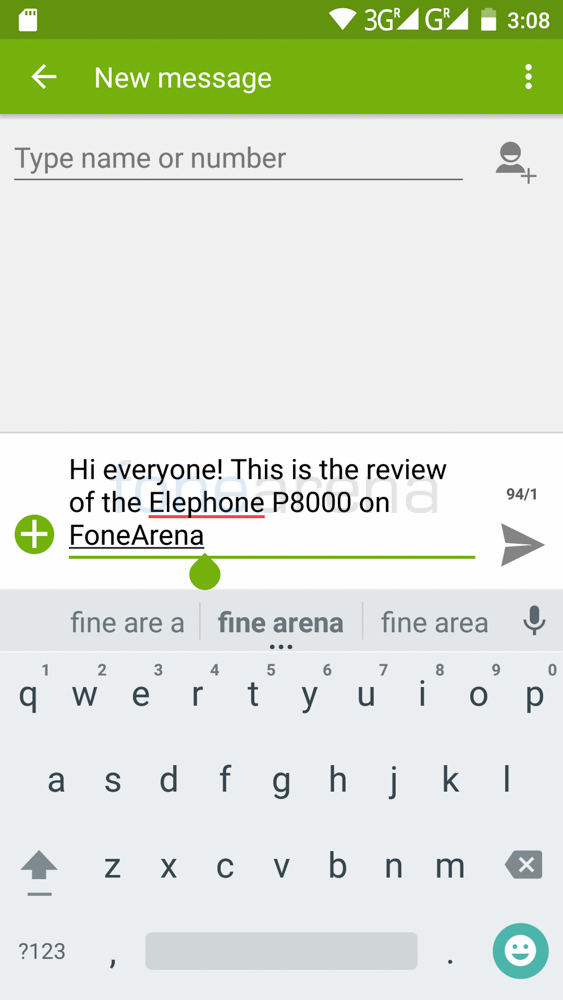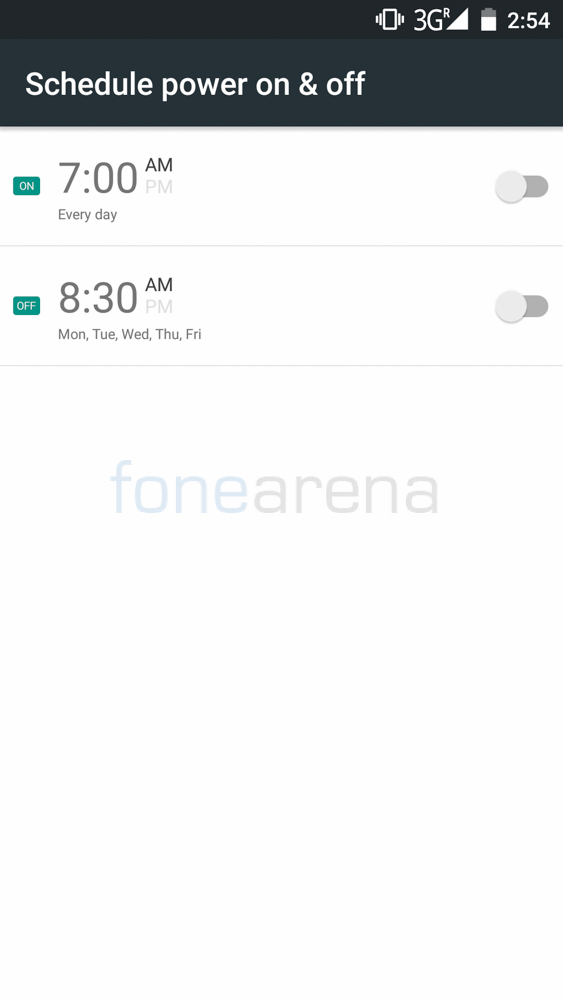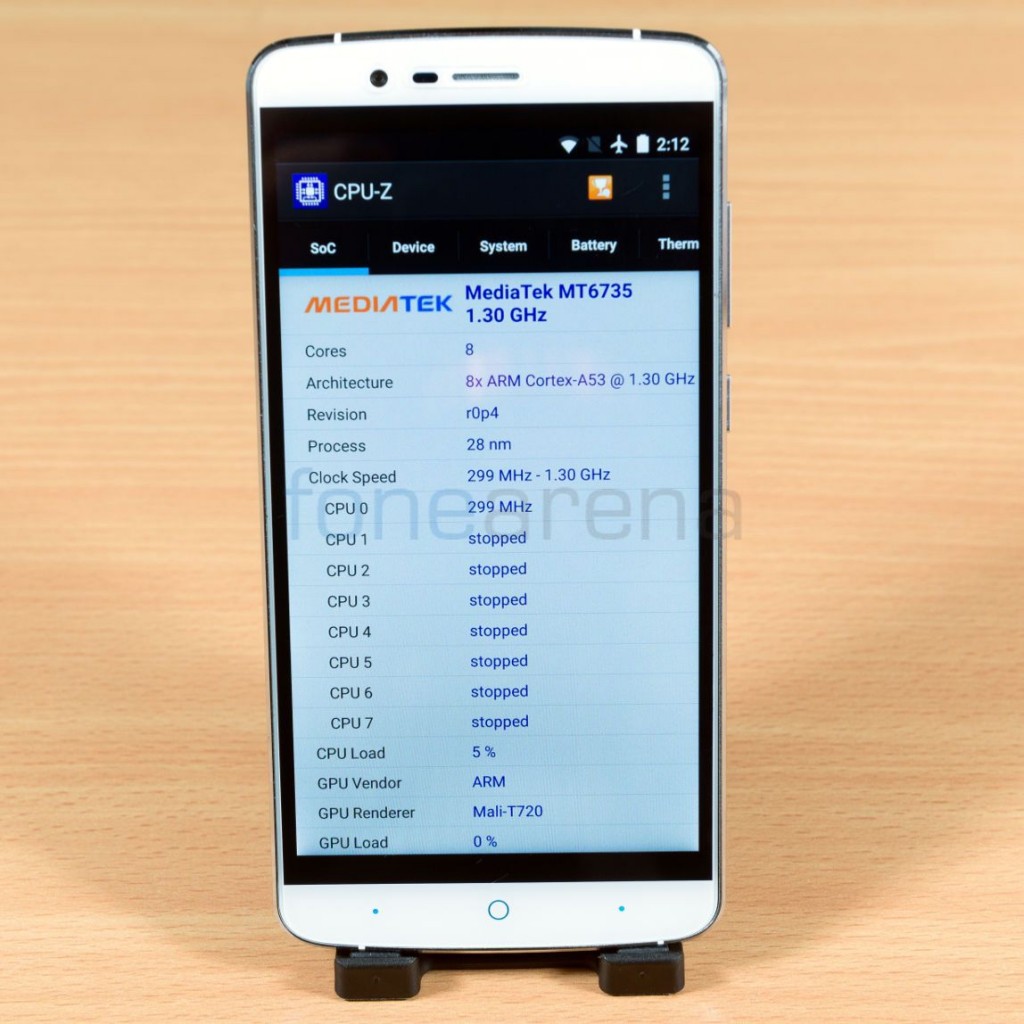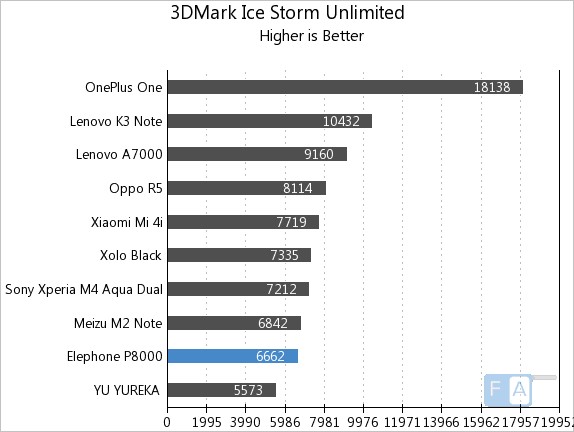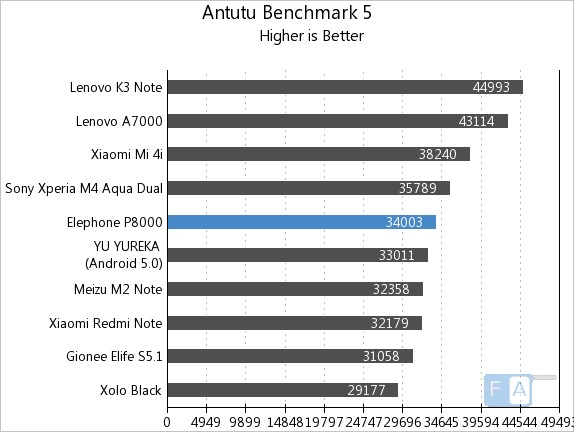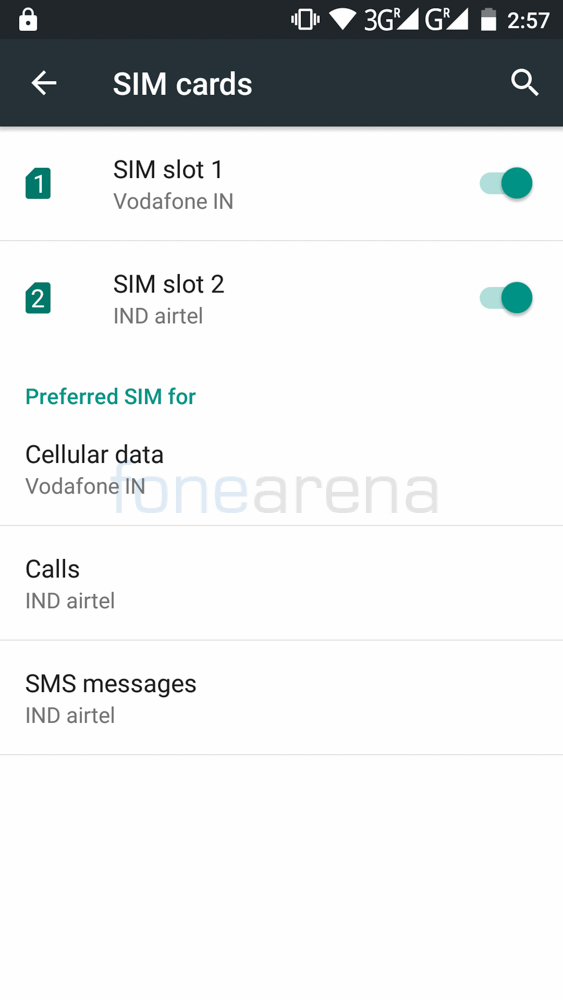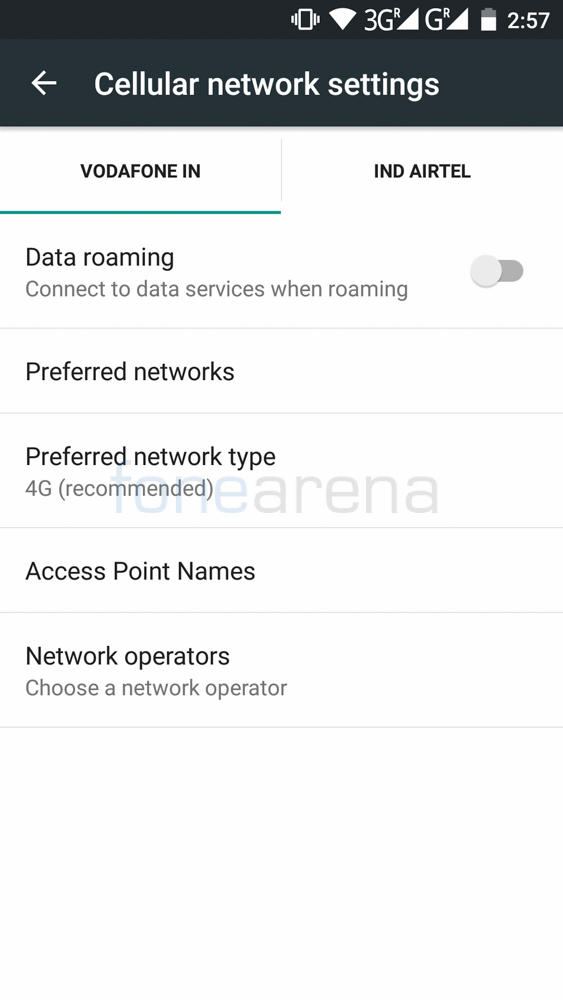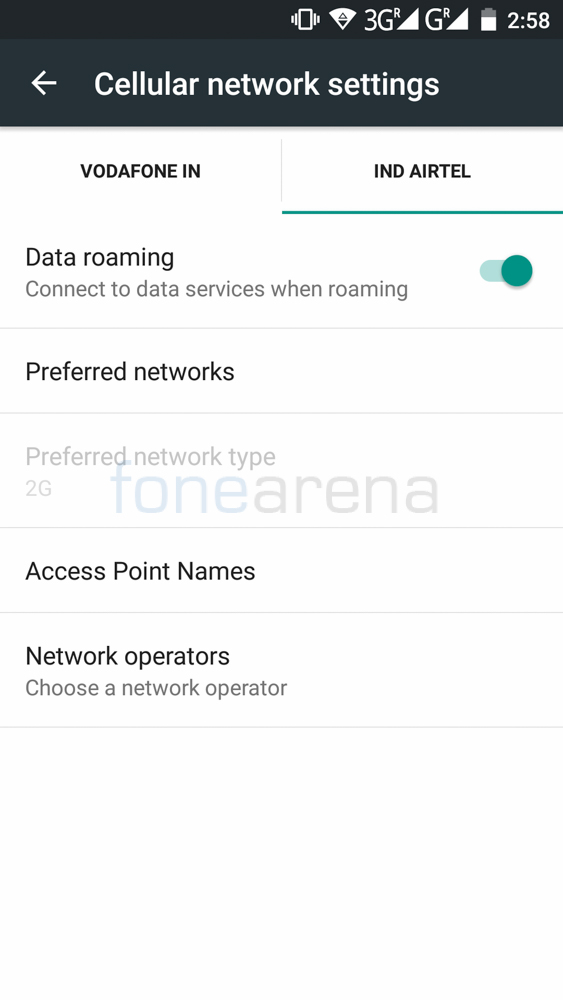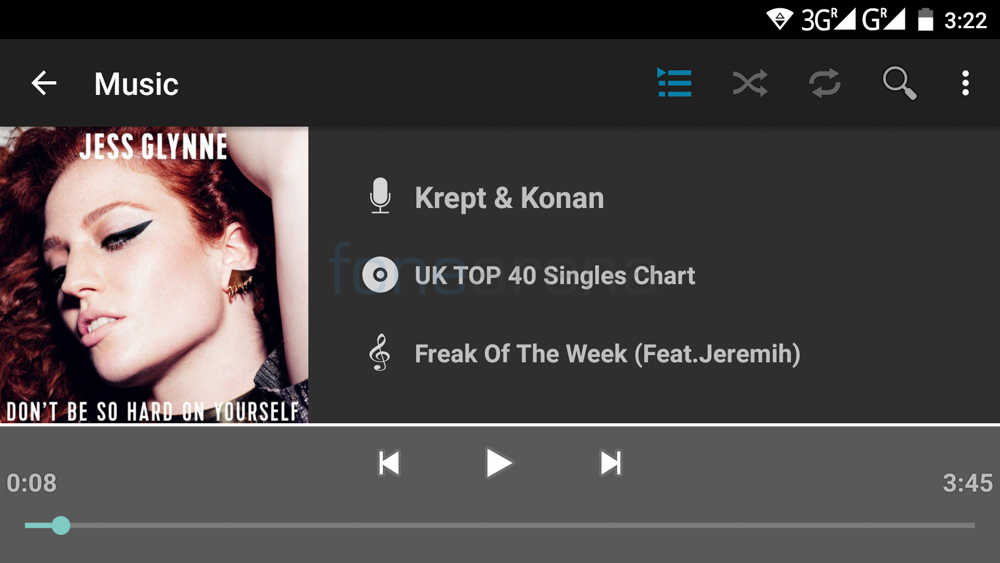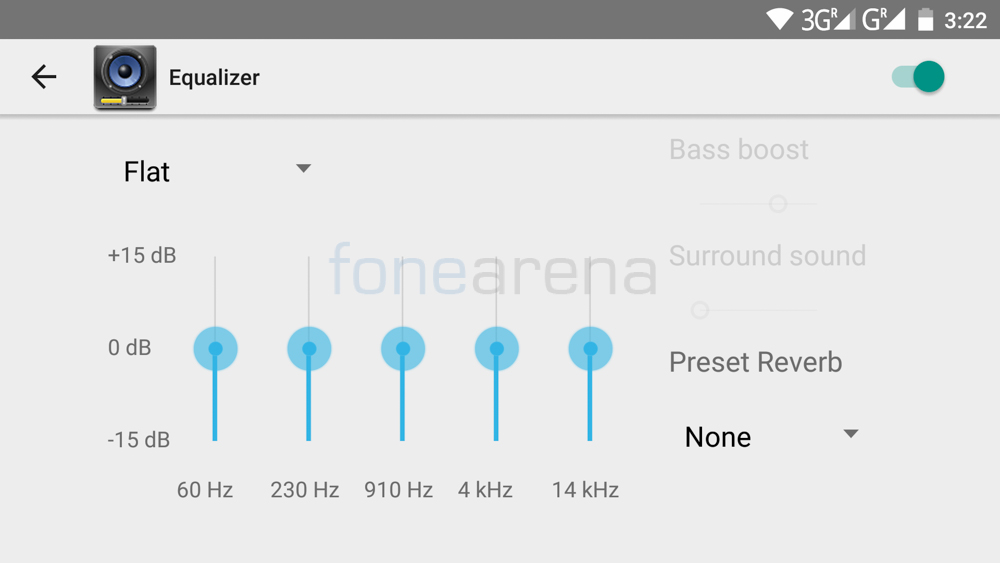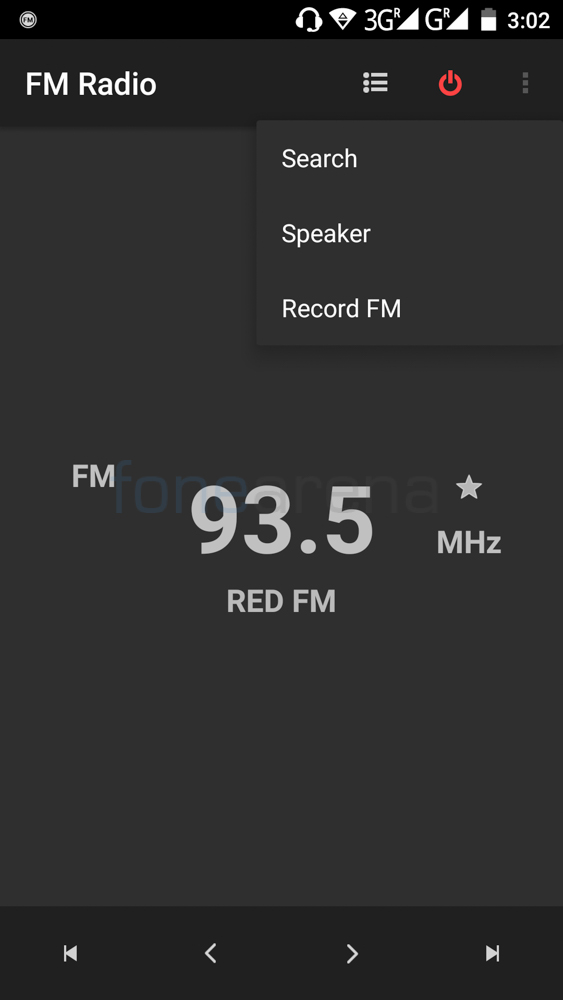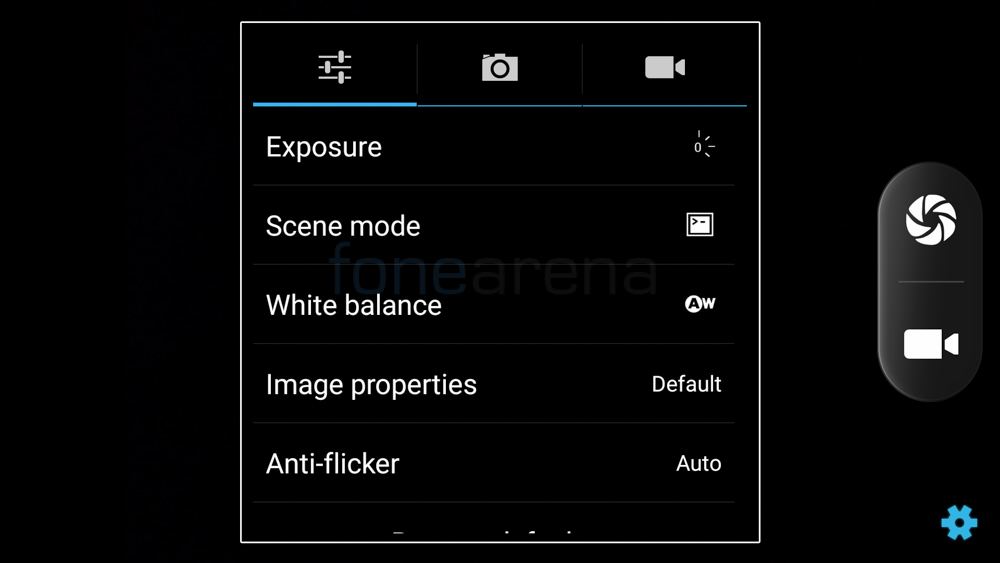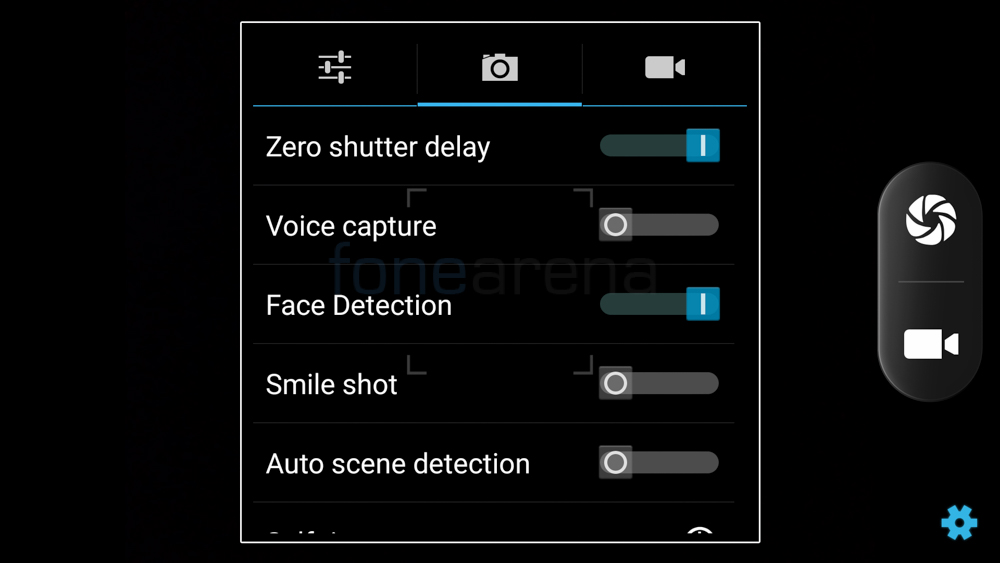Choice is good. Yes or No? That is a statement that has been debated by many over the course of history and I am a believer of the former. I believe that the more the number of choices you have the better it is. Sure, it does get tougher to make the right choice as the lines between the choices gets thinner with each additional choice. This is the case with smartphones in India particularly in the sub 18k price segment. A while back we didn’t have much choice in this segment. You got a number of models that you could count on your fingers and most often than not each one was very different from one another and each came with a set of flaws that you had to live with. Fast forward to the introduction of the Moto G and Moto E as well as Xiaomi’s entry into India where users started getting better value for money and no longer had to compromise with the handset they got. In 2015, we now have more brands than we had handsets in this price range a few years back. Each brand brings us good value for money with their own twist on it trying to tempt users to purchasing their phones. While each does have its drawbacks, the drawbacks are often minimal and each smartphone delivers good value for money. The Elephone P8000 is one such phone that promises just that and is set to enter the Indian market under the iberry branding as the Auxus P8000 Prime. We spent a good amount of time with the device and got to know its positives and negatives. In this review, we will take a look at whether the phone lives up to that promise and whether the Rs 14,990 price tag is worth spending on.
Unboxing
We have already done the unboxing of the Elephone P8000. The unboxing can be seen in the video below.
The contents of the box are listed below:
- Elephone P8000 smartphone in White
- 2-pin charger
- Micro USB cable
- Scratch guard
- Quick Start Guide
Although the device will be rebranded and launched as the iberry Auxus P8000 Prime, we expect the contents of the box to be similar to the Elephone P8000 although the box itself might undergo a change in design.
Design, Materials and Build Quality
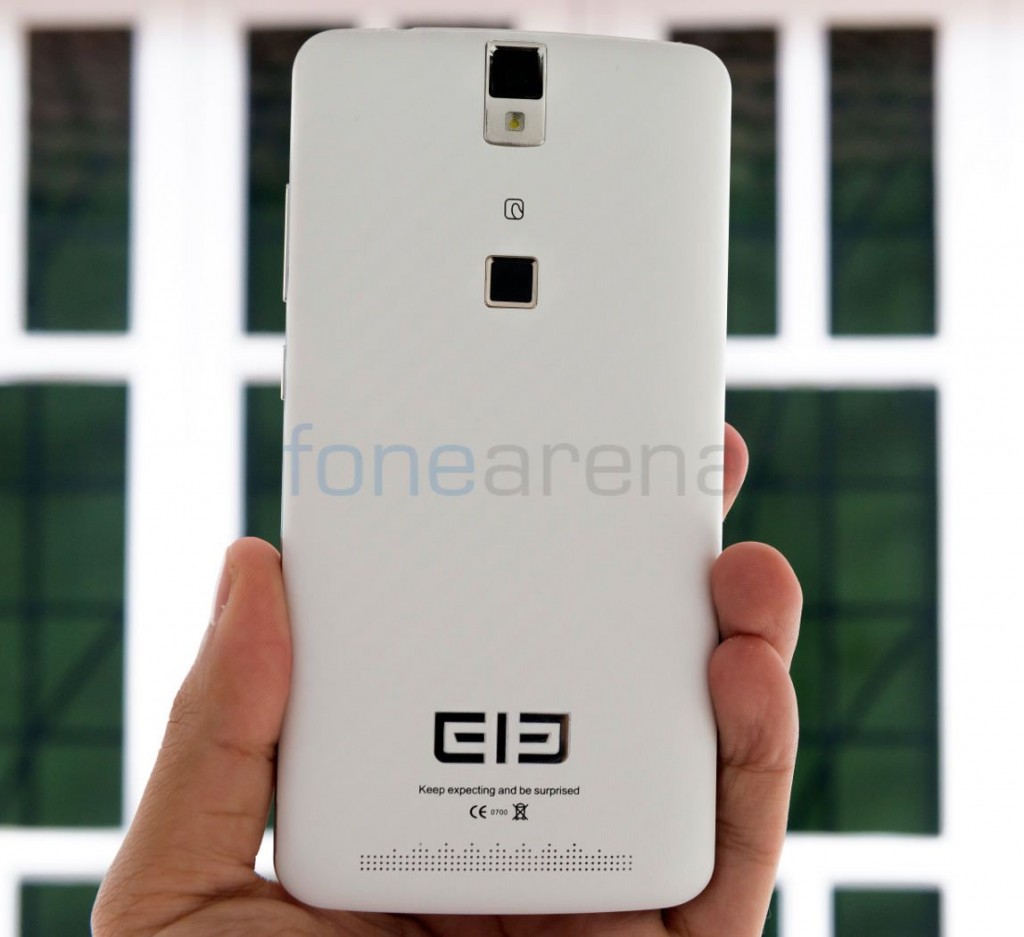
Every phone gives you a first impression when you first take it out of the box. The first thing that came to my head when I held it was that the device is heavy. The device weighs in at 203 grams which is quite heavy even for a 5.5 inch phablet. The handset’s dimensions are 155.2×76.6×9.2mm and the primary reason for the device’s weight and thickness is the large battery which has a capacity of 4200 mAH. The phone seems to have a large display with very minimal bezels on the sides. However, once the screen gets turned on, it is apparent that it is merely an illusion as there are large black borders on all four sides of the screen. The device still has a pretty sizeable 5.5″ screen but it is much bigger than most 5.5″ devices out there. The LG G3 and G4 are way smaller in comparison and it is larger than the Samsung Galaxy Note 5 as well which has a 5.7″ display. In fact, the P8000 is nearly as big as the Lenovo Vibe Z2 Pro in terms of height but the Z2 Pro houses a 6 inch display.

This large size and dimensions makes the phone difficult to handle even for a person with big hands and long fingers. I personally don’t find much of an issue getting used to most phablets and even the Vibe Z2 Pro that I mentioned earlier was fine to use for me. Sure, one-handed usage was bordering impossible but the phone didn’t feel cumbersome to carry around. The P8000 on the other hand gets tiring after a while especially if you are on a call or texting for a long duration. At times, I felt that it would be better to just place it on a table and use it. The phone does fit well into the hands thanks to the curved back but it’s not an easy device to carry around. Luckily the grip is good on the phone thanks to the nice texture on the back that seems to be like Kevlar/carbon fiber. The back panel is removable and gives you access to the microSD card slot as well as Dual microSIM slots. What I liked about the slots was that they were old-fashioned drop in slots unlike the slot loading ones that you see on most smartphones today. So you have the compartment which can be accessed by lifting up the metal protector, you place the sim in, put the protector back on and slide to lock it in place. This makes putting cards in or taking them out much easier than slot loading trays which are a pain especially if you are using a SIM adapter to upsize from nanoSIM to a microSIM. It also means you don’t need to carry around a SIM ejector pin. The battery is non-removable and is protected by a metal sheet.
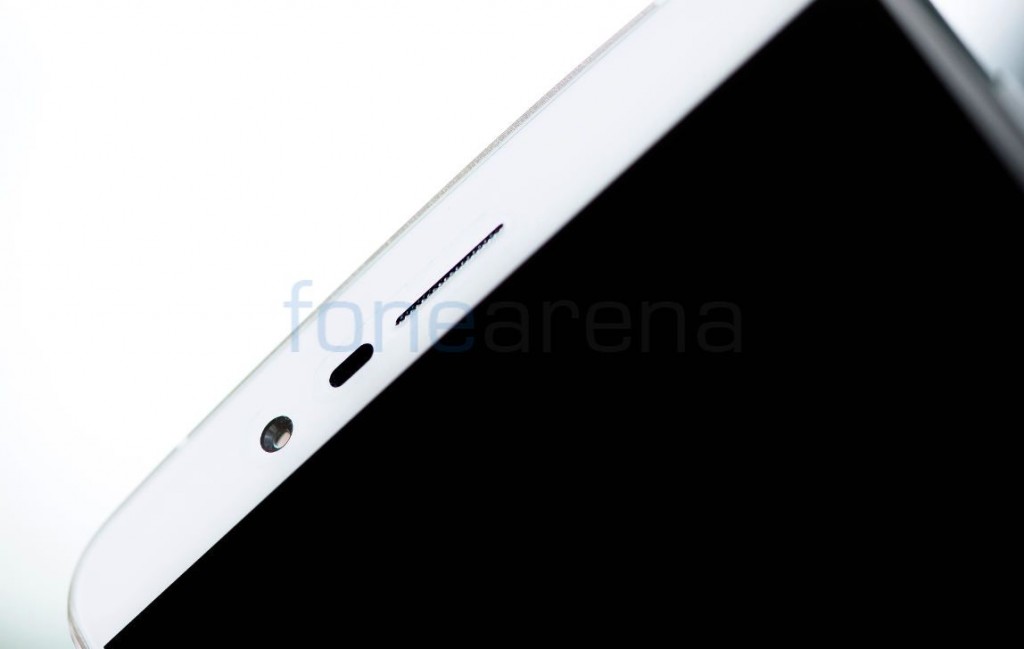
Up front, above the display, you have the front facing 5 Megapixel camera, the earpiece as well as proximity and ambient light sensors. Below the display, you have three capacitive buttons that can be used as the standard home, menu and return keys.
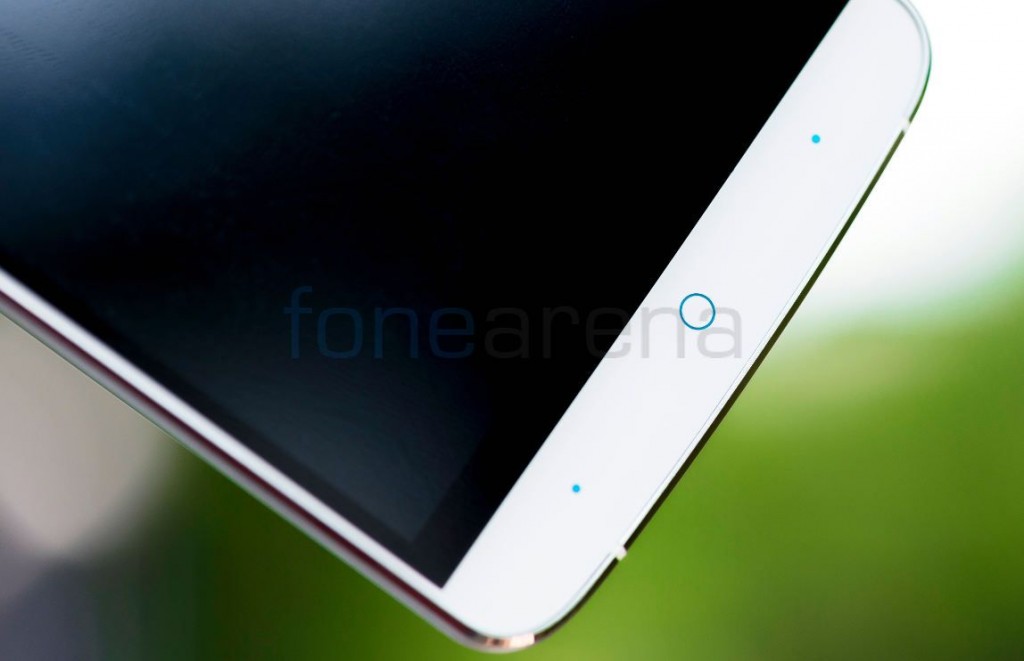
At the bottom, you have the microUSB port as well as the primary microphone and the two antenna cutouts. At the top, you have the 3.5mm audio jack and the cutouts for the antenna.
At the right, you have the volume up/down rocker as well as the power/lock key. These keys offer good haptic feedback but don’t seem to be made of metal even though they are given a metal finish. The left side is empty as there are no ports or controls here.
At the back, you have the 13 Megapixel camera with LED flash that is housed in a chrome module. The camera lens is recessed within the body and that does a good job at protecting it from scratches and even smudges to a certain extent. Below the camera module, you have the fingerprint sensor which also has a nice metal ring around it.
At the bottom on the back, you also have the Elephone logo and slogan below which is the speaker and the secondary microphone.

There is a metal bezel with chamfered edges that runs around the front panel of the device. The build quality of the phone does feel solid but as we mentioned earlier, the phone is quite tough to handle and that is a major problem. We reviewed the White unit but there are also Gold and Grey colour variants available for the device. iberry plans to launch the Matte White and Limited Gold variants for the rebranded Auxus P8000 Prime smartphone here in India.
Display and Fingerprint Sensor
The P8000 has a 5.5″ full HD display with 401ppi. The display size is quite good but the black bezels that run around it ruin the experience a bit. We would’ve preferred smaller bezels especially for a phone priced at around Rs. 15k. Other than that the display is pretty good. It has good contrast and brightness. The sunlight legibility is good even though the screen is a bit reflective. The content displayed on the screen is sharp enough. The sensitivity is good too.
On the software side of things, the phone has something known as a MiraVision engine to enhance the content that is displayed on-screen. You can choose between a standard mode or a vivid mode or even opt for a user mode where users can tweak several aspects of the screen including sharpness, saturation, temperature etc. to their liking and make sure they get the best experience out of the screen. It is by far the most detailed display tweaking engine we have seen come on a smartphone out of the box and really impressed us.
The fingerprint sensor on the P8000 is located at the back. While it still isn’t as elegant or easy to access as having it on the home button, it still is pretty easy to use and access compared to other phablets that have fingerprint sensors at the back. The HTC One Max for example was a pain to use with the fingerprint sensor due to its size and the position of the sensor itself. Unlike the HTC One Max, you don’t need to swipe your finger over the sensor either. You just have to place your finger over the sensor. Due to the location of the sensor, it would be ideal to feed in your index and/or middle fingers to the sensor as these two fingers are most easily accessible for the sensor.
Registering a key is quite simple, you place your finger multiple times over the sensor in slightly different angles and positions and it recognises your fingerprint. You have to setup a backup numeric password in case you get locked out or your fingerprint doesn’t get recognised easily. I was relieved that such an option existed as I was often forced to enter it because the phone didn’t recognise my fingerprints and gave a “Please enter correct fingerprint” error many a time.
Calls and Messaging
The P8000 has good audio quality both through the earpiece and the loudspeaker. We feel that the earpiece lacks a bit in terms of volume and did feel that it was tough to hear properly when we were in loud environments. But there were no issues in terms of the microphone which managed to clearly convey whatever you spoke to the party at the other end. The loudspeaker too wasn’t too loud but had good quality.
The dialer is simple to use and easy to read. You can use it to search for contacts or to directly enter the desired number. There is shortcut to contacts as well as a call log that shows you the recent list of numbers to or from which calls have been made or received. Since it is a DualSIM device, you can easily choose which sim has to be used when placing a call or sending an SMS. You can also assign a default SIM so that it automatically uses that particular SIM unless you decide to use the other one.
Messaging is fast and easy thanks to the large 5.5″ screen estate. The phone comes pre-loaded with Google Keyboard which in my opinion is one of the best you can get. You can easily download other 3rd party keyboards that are more to your liking if Google Keyboard isn’t your style.
Software, UI and Performance
The phone runs on Android 5.1 out of the box with Elephone’s custom UI layer on top. The phone supports Scheduled Power on and off. There isn’t anything much to talk about the software side of the device. It is quite basic to put it shortly. The interface is quite similar to stock android however lacks an app drawer. Apart from the Miravision display engine that we talked earlier, there aren’t any unique features that the UI offers. Performance is smooth and we didn’t have any lag and the phone does handle multi-tasking well too.
The phone is powered by an octa-core Mediatek MT6753 processor clocked in at 1.3GHz. It also has 3GB of RAM and Mali T720 GPU. We ran several benchmarks on the phone to test its capabilities and a few results can be seen below. If you want to check the full list of benchmarks, you can do so by checking this post.
We also did a gaming review of the device as can be seen in the video below:
httpv://www.youtube.com/watch?v=nZCe3jXmPFM
Storage and Connectivity
The device has 16GB of on board storage out of which around 10.25GB is available out of the box. The phone also has a microSD card slot that should support cards upto 32GB. Unfortunately, the phone doesn’t support storage drives nor controllers over USB OTG.
The phone support Wi-Fi b/g/n and has two microSIM slots. The phone boasts Worldmode LTE which means that it will work on any LTE network in the world. However, users can use only one SIM on 4G LTE at a time while the other remains on 2G. It also has Bluetooth 4.0.
Music Player and Audio Quality
The audio quality is one of the bad aspects of the P8000. The phone seems to lack loudness when it comes to the loudspeaker and while the loudness is good enough for listening to tracks in a quiet room through your earphones, it still isn’t loud enough to listen to tracks when you are on the move or in a loud environment. The tracks also seem to lack depth and come out quite flat. The highs and the lows seem washed out and it is tough to get good clarity out of the phone even when using the equalizer.
The Music Player is also pretty basic like the rest of the UI. It offers users the ability to view songs based on track title, album, artist and playlists. The now playing screen offers track seek/skip as well as play/pause controls. You can use the scrubber to jump between portions of the track. There is an option to enable/disable shuffle as well as repeat and you also get the album art. There is an equalizer that helps you tweak the audio to your liking however it isn’t as full-fledged as we’d like.
The FM Radio app requires you to connect earphones to the phone as they act as an antenna. Once connected, you can choose to listen to the FM over earphones or through the speaker. You can add your favourite channels to the list and easily choose any one of them for listening later on. There is also a record option for you to record your favourite tunes or RJs onto your smartphone.
Camera
The P8000 has a 13 Megapixel camera with an LED flash. The image quality is quite good and the detailing is good too. However, the phone does seem to have a problem with handling exposure. You can adjust it manually using the settings to take a proper photo but when set to decide on its own, the phone does a bad job as the shadows most often get way too underexposed or the highlights get blown out. HDR manages to solve the issue of the dynamic range as the camera manages to capture really good detail in the shadows and highlights. However the issue is with the slow shutter speed. If you don’t hold your hand quite steady, it is easy to get images with ghosting. Noise levels are kept to a minimum in most shots however under low light, it is easily noticeable. White balancing isn’t the best as most photos tend to be have more of yellow than other colour. In fact, we noticed that the camera seemed to be very similar to what you get on the Canvas Xpress2 from Micromax. Even the software and image processing seems identical. While the performance is very good for a phone such as the Xpress2 which is priced at Rs 5999, we would expect much better from something that is priced around the Rs 15k mark. You can check out the samples below. In the thumbnails, the images on the left are HDR while the ones on the right are normal non-HDR photos.
Check out the complete set of camera samples here. The smartphone can capture videos at a maximum of 1080p resolution at 30fps but it records in .3GP format which is quite outdated and the videos gets compressed quite a bit. Since there is no hardware stabilization, the videos do seem to be quite jerky but there is a software stabilizer that you can enable. However the videos don’t look that refined when using it and it feels like the frame rate drops when it is used.
The front facing 5 Megapixel camera is good at detailing and does have a pretty fast shutter speed. However, the shutter speed does get a bit slower when indoors and there is a lot of noise when the light gets low. There is also some type of colour fringing when taking photos indoors. It might be sufficient for selfies that need to go onto social networks but don’t expect great results.
The camera interface is quite advanced. The main screen gives you shutter key as well as camera recording key on the right. There is the settings icon below and the gallery preview above it. To the left of the gallery shortcut, you have the flash trigger, HDR mode toggle, gesture mode toggle as well as camera switch key. You can choose to set flash to auto or off. You can also use it as a flashlight. At the left, you have the different photo modes such as HDR, Beauty, Panorama, Smile Shutter, Panorama and Multi-angle etc. Panorama mode works well and the stitching is handled quite well by the phone. Smile shutter automatically captures an image when a smile is detected. The multi-angle mode gives an interactive photo which users can use to pan from left to right or vice-versa. The face beauty mode enhances the facial features of subjects and provides a smoother and flawless look to your skin. You can use it on both the front as well as back cameras. The gesture mode lets you take a photo whenever someone gives the victory sign.
In the settings, users can choose to enable/disable geo-tagging. They can choose the exposure, colour filters, scenes, white balance, sharpness, hue saturation, contrast and brightness. You can choose to capture images upto 13 Megapixel resolution in 4:3 ratio and images upto 8 Megapixel in 16:9 ratio. The camera interface also supports auto scene detection, guidelines, voice capture, face detection and smile shot. You can choose to have a self timer, set either 40 or 99 shots for the continuous shot mode and also adjust the ISO.
There is also a weird way to enable zero shutter delay and while it does make capturing images faster, we don’t get why it isn’t enabled all the time by default. I mean why would anyone want to have shutter lag by choice? If you want a delayed shutter, you can always use a self-timer. You can choose normal or meeting for audio mode and even disable the microphone altogether. Users can manually set the interval for time-lapse videos and also choose the video quality.
Battery Life
The P8000 has a massive 4200 mAH battery powering it. It is non-removable though we feel that it should be good enough to last you an entire day of use. However, we are reserving our judgement till we finish doing the battery tests. We haven’t yet finished doing the battery tests of the device but we will be sure to let you know of the results once we complete it.
Conclusion
The Elephone P8000 is an interesting device. It seems like a beast on paper and when the international pricing of US$210 was announced along with the phone, it seemed like an offer that is too good to be true. In reality, it is. The smartphone fails to do justice to the kind of specifications that it packs. The device is really tough to handle and the camera and audio quality is well below the likes of Motorola Moto G (3rd Gen) and the Xiaomi Mi 4/Mi 4i which are all cheaper except for the Mi 4 which is priced at the same point for the 16GB version. It does have good build quality and a good screen. We even really liked the MiraVision Engine and we hope that other manufacturers also give such detailed customization options for the displays. However that isn’t enough to recommend this phone over the other alternatives I mentioned above. That and coupled with the fact that this phone is coming as a rebranded device with uncertainty regarding the software updates, it isn’t a phone that I would recommend buying, especially not at this price. The iberry Auxus PRIME P8000 will be available in India at the end of the month at Rs. 14,990 for the Matte White and Rs 15,990 for the Limited Gold Edition. Both will be available exclusively through Snapdeal.
Pros
- Good Build Quality
- Good Screen
- MiraVision Engine for the Display that Give Advanced Options to Adjust Visuals
- Dual microSIM Slot with LTE Support and Dedicated microSD Card Slot
Cons
- Big and Heavy (Hard to Handle)
- Feeble Earpiece
- Basic OS UI
- Fingerprint Sensor Doesn’t Work Very Well
- Poor Audio Quality
Srivatsan contributed to this review

